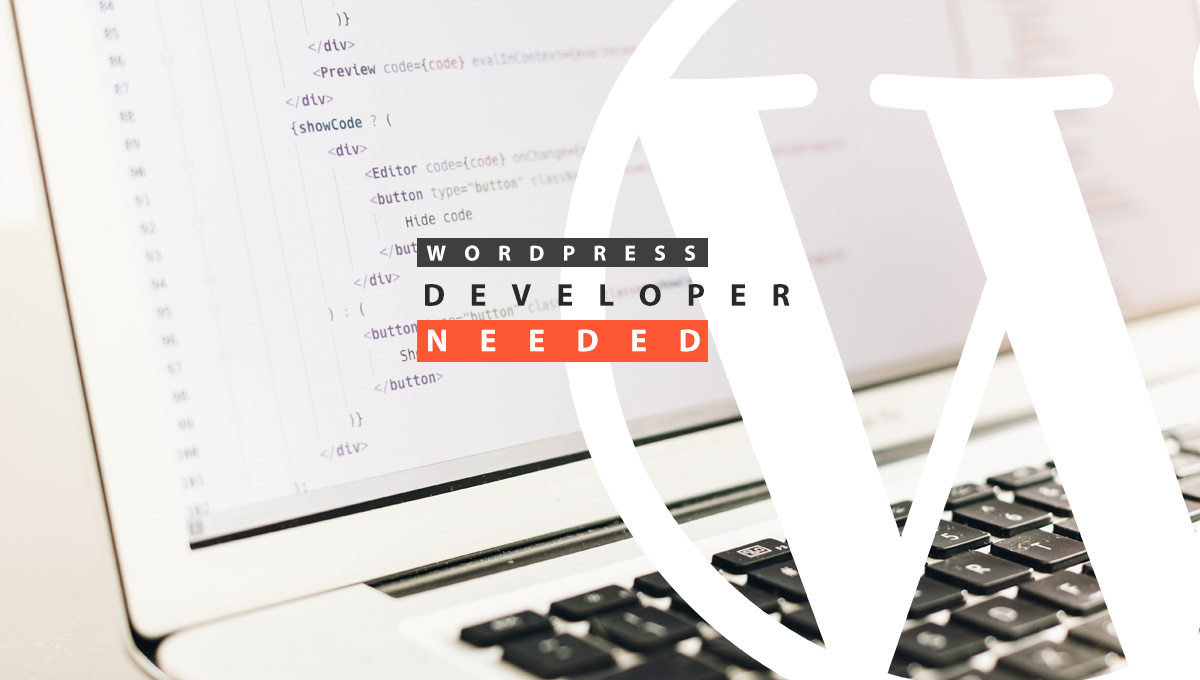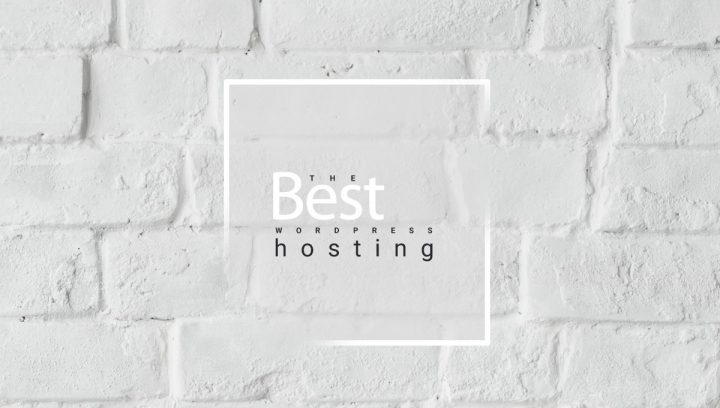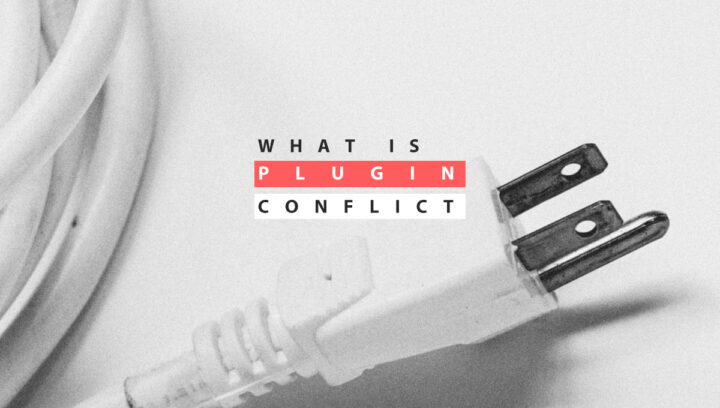WordPress is the most popular content management system (CMS) out there. The BuiltWith 2022 research found that WordPress is used to create 36.27 percent of all websites in use. WordPress is loaded with useful features that make website development a breeze. It has a dedicated group of developers behind it that work around the clock to streamline the development process for everyone. It’s got a fantastic collection of plugins and themes to choose from. It’s also open source, so anyone can help to improve it.
Even a non-techie can build a WordPress website. But it has some limitations too. You cannot ignore some vital aspects of the website, some signs indicating that now you cannot maintain the site by yourself. Now you need to hire a WordPress developer for your WordPress website. WordPress is something easy to build but hard to maintain.

8 Common WordPress Website Development Issues (Tell Tale Signs that you need a developer for your WordPress Website)
1. Non-responsive website design
2. Poorly optimized pages
3. Slow page speed
4. Navigation Issues
5. Cybersecurity risks
6. Image optimization
7. Overdependence on plugins
8. Frequent updates
Having a website is a necessity in today’s technological age. You can’t afford to ignore the vast majority of potential target audience by neglecting to establish a strong online presence. If you want to interact with them, you need a website. The flip side, though, is that developing a website involves a lot of bug fixing and regular maintenance. Nearly every website experience technical difficulty at some point, and you should be ready to deal with them when they arise.
If your website is built with WordPress, you may find it easy to solve these problems, as numerous plugins are available that can fix nearly any problem. This is why WordPress is used by numerous large-scale websites such as the New York Times, Mashable, eBay and many other. WordPress is a powerful content management system and one can customise it for various purposes.
The WordPress admin area is where you’ll find the site’s functionality, design, and navigation settings. You can adjust the settings to suit your requirements. That’s why WordPress is so wonderful and popular.
1. Non -responsive web design
Now, let’s talk about a non-responsive design. In layman’s terms, a non-responsive design does not automatically alter itself to the device being used to access it. It renders the same design across all devices. A website developed with the assumption that only desktop computers will access it poses a problem for users who access it through their mobile devices. If this is the case, the users must zoom in and scroll quite a bit to view the page’s content. It is incredibly poor for the user experience, and from an SEO point of view it is also bad.
And having a site that is not mobile-friendly is the biggest mistake today, as about 59.72% of website traffic comes from mobile devices. Over 90% of internet users access the internet using a mobile phone. There are approximately 4.67 billion active mobile internet users. In March 2021, Google switched to entirely mobile-first indexing for every website. That is the main reason why you should have a mobile-responsive website.
Some other useful statistics on why mobile responsive websites are a must.
- 57% of internet users say they won’t recommend a business with a poorly designed website on mobile
- 85% of adults think that a company’s website should be as good or better than its desktop website when viewed on a mobile device.
- 77% of agencies believe that a bad website User Experience is a weakness for their clients.
- First impressions are 94% design-related.
- Mobile commerce sales are projected to reach $3.56 trillion in 2021—22.3 percent more than the $2.91 trillion it registered in 2021.
2. Broken Page Links
So, you got a visitor on your website, but after landing, he finds a 404 error or “page not found” error. What will he do? No doubt he will leave straight away. It is going to cost a lot to you. Traffic is not the main motive, but revenue is, and a bad landing page will surely not help in generating revenue. If we look at some statistics, then it becomes quite clear that broken pages and links are very harmful to business.
Some notable statistics.
- It takes about 50 milliseconds (0.05 seconds) for users to form an opinion about your website that determines whether they like your site and whether they’ll stay or leave. So, in a matter of seconds, your whole reputation goes down the drain if your pages links are broken.
- Around 88% of online consumers are less likely to return to a site after a bad experience.
This gives you an idea of why you should always have your website monitored and maintained.
Another problem with broken pages is that they give Google bots red flags. It may lead to slow indexing of your site, and google might penalize you by completely removing it from search results or lowering your ranking.
3. Slow Page Speed.
Your site loads slowly. It might not seem a big problem for someone unaware of the stats, but a slow website kills the business. Optimizing page speed is crucial for your business. A visitor might leave a slow website and head over to your competitor. No one likes to wait for even a second in this fast-paced world. The bounce rate for a slow website is very high. The bounce rate on a website is 67% after just 12 seconds of loading time. It is even worse when one considers smartphone users – they abandon a website if it fails to load within 5 seconds. Google report found that a second delay can increase the bounce rate by over 100%. Unfortunately, an average website can take up to 22 seconds to appear properly on the browser.
The optimal site loading should be between 2 and 5 seconds; if it loads within 0.8 seconds, it would be faster than 94% of the websites on the web.
4. Navigation Issues
You cannot disregard this issue at all. If you discover that guests cannot reach the location, you intended them to go to. Then this points to navigational difficulties on your site. You need to lay out your site architecture properly for seamless user navigation. Good content on your page is only useful if visitors can locate it. In addition, from the perspective of the search engine bots, easy navigation is crucial.
5. Cybersecurity Risks
There is a danger of cyberattacks because of the internet’s prevalence. Much sensitive information, including users’ identities and financial details, is stored on your E-commerce website. Hacking and other forms of cybercrime are nothing to be trifled with. It would be best if you took precautions to prevent these cyber-attacks from taking place on your site since they could damage customer confidence and make them reluctant to do business with you in the future.
Some stats show how cyber-attacks are growing and how much damage they do globally.
- It is an estimation that, worldwide, cybercrimes will cost $10.5 trillion annually by 2025.
- The global annual cost of cybercrime is estimated to be $6 trillion annually.
- On average, a malware attack costs a company over $2.5 million (including the time needed to resolve the attack).
- Ransomware is 57x more destructive in 2021 than it was in 2015.
- Over 50% of all cyber-attacks are done on SMBs.
- Enterprises experienced 130 security breaches per year, per organization, on average.
- The annual number of security breaches in enterprise organizations increased by 27.4%.
So, it would be best if you have someone who fully understands these vulnerability issues and is versed in tackling them. You should be prepared for it because prevention is better than cure, and in this digital era, a cure comes at a very high price: one attack and everything blown away in a blink of an eye.
6. Image Optimization
Images, of course, are the most noticeable features. Many people often underestimate the impact of visuals. Many people say, “Why bother? We’re already delivering great information.” But the problem is, pictures are worth a thousand words. Yet there are drawbacks too. The presence of unoptimized images significantly impacts website load times. Websites with high-resolution photos take longer to load. Moreover, non-optimized photos can eat up storage space and slow down the site’s loading performance; about 39% of users will likely quit a website owing to a slow image loading time. Image optimization is crucial if you want your website to run smoothly and provide your visitors with a great experience.
What researchers have found out.
- 39% of people will only engage with a website if images load or load quickly.
- Slow-loading websites cost retailers $2.6 billion in lost sales each year.
- 47% of Users expect a maximum of 2 seconds loading time for an average website.
- Users spend an average of 5.94 seconds looking at a website’s main image.
So, it is a must to have an image on your website, but it should be optimized. Many websites like TinyJpg reduce the image size without damaging its quality.
7. Overdependence on plugins
It can’t be debated that plugins are great. They provide some great features; add a plugin, and viola, everything is set and done. But what could be bad is installing too many plugins? Yes, you have different needs, and there are plugins to fulfil all your needs but having too many of them makes the website slow. Additionally, too many plugins may lead to conflicts within the plugins or with the core, which might lead to site crashes or downtime. And if you are in the e-com business, you definitely know the cost of downtime. So, having too many plugins is an issue.
It is better to have someone develop a custom plugin for your site. Someone having the expertise first to evaluate the need and then develop accordingly. One could argue that why I need someone, I have already seen many plugins that provide many features, just one plugin for everything. I totally agree with you, but then there is a thing called requirement. I know that such and such plugins have tons of features but do you need all those features or do you need only some of them? If your answer is no, I don’t, then let me assure you that a custom-made plugin is best for you.
Overzealous developers develop these so-called magical plugins; they try too hard to put every feature in a single plugin, resulting in a bloated plugin. A bloated plugin has a very adverse effect on the website’s performance. It does more harm than good. It slows down the website. So, it’s best to refrain from using bloated and too many plugins. Moreover, many times, the developer who develops a plugin is not available for support if some issue arises. So, it is better to add only those plugins which are trusted and have good reviews.
8. Frequent Updates.
WP rolls out updates frequently. If you use WordPress, then you must be aware of how frequently new versions are rolled out. Not only the WordPress core but plugin developers also roll out new versions regularly to comply with the new WordPress version. They are basically done to fix any security issues in the previous version. So, you need to update the WordPress and plugins regularly. Any outdated WordPress version or plugin can make your site vulnerable to cyberattacks.
But updating them regularly along with managing the business is a very big issue. You cannot neglect updates. There is an option for an automatic update too, but automatic updates often fail.
Moreover, an update can cause some of your themes or plugins to be incompatible. These issues take time to fix so it may lead to downtime. So, what to do? It is better to have a professional developer handle all those updates and keep your site up to date.
Conclusion
WordPress Development is easy, no question about that. With many features provided by WordPress, it seems like anyone can do it. But running and maintaining it is quite a serious and tedious task that cannot be done without sound knowledge and expertise.
If you have a website and it is running great, then nothing to worry about. But if you find any of these issues with your website and need help handling them or don’t have the time, then it is best for your business to hire a development agency or a WordPress developer with the expertise and knowledge to manage these issues for you. Cost-cutting on website maintenance is not prudent because it will cost you more than you could have saved in the long run.


